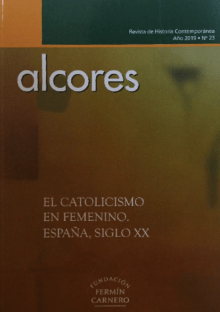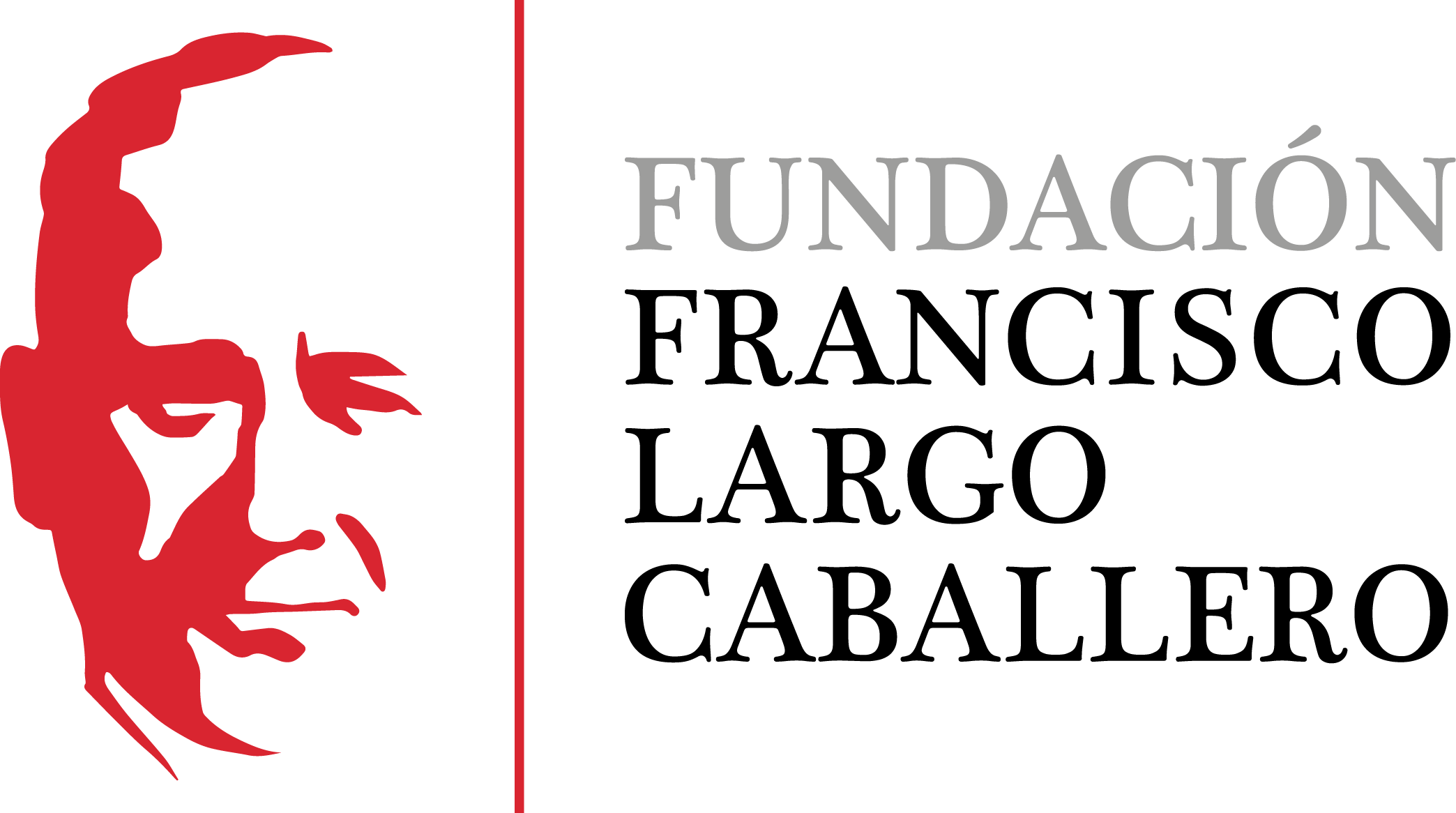Male and female created them: towards a reading "against the tide" of the story, gender and religion
DOI:
https://doi.org/10.69791/rahc.33Keywords:
Catholicism, Secularization, Feminization Theory, Gender Identities, Religious Studies, Cultural History, Gender Studies, SpainAbstract
This essay wishes to contribute to the existing historiographical debates regarding the particular relationship between Gender and Religion Studies, and the possibilities afforded by both disciplines for the advancement of our understanding of Spanish History and Spanish Catholicism. After considering the critical and hermeneutical potential of these two categories, we will cite and reflexively comment upon some of the most relevant work carried out by scholarship in recent years. In the last section of the article we will suggest the importance of adopting Walter Benjamin’s concept of reading “against the grain” in order to best conceptualize archival material in the study of Religion from the perspective of gender. We will finish by suggesting new potential fields of research with which to establish the current process of renewal of Spanish historiography in general, and, more concretely, of the study of Spanish Catholicism
Downloads
Global Statistics ℹ️
|
97
Views
|
22
Downloads
|
|
119
Total
|
|
Downloads
Published
How to Cite
Issue
Section
License
Copyright (c) 2020 Natalia Núñez Bargueño

This work is licensed under a Creative Commons Attribution 4.0 International License.
Alcores is an open-access journal. It provides unrestricted access to its content from the moment of publication. We respect intellectual property rights, and for this reason, the author retains the copyright. All content is distributed under a Creative Commons Attribution 4.0 International (CC BY 4.0) license. The terms of the license can be consulted at: https://creativecommons.org/licenses/by/4.0/
This license allows sharing (copying and redistributing the material in any medium or format) and adapting (remixing, transforming, and building upon the material for any purpose), provided that authorship and first publication in this journal are properly credited, a link to the license is included, and any changes made are indicated.
This type of license facilitates the freedom of reuse and ensures that the content of this journal can be used to meet research needs.





